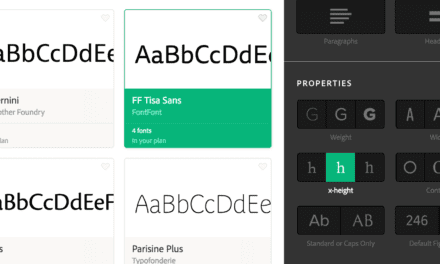ARTICLE SUMMARY: Back in the day before computers, when it came to type life was fairly simple. You picked out your type, you watched your leading, kerning, legibility, and readability. Pretty straight forward stuff and then it was off to the printers.
Depending on your age, remember watching television growing up and parents yelling move away from the TV screen, you’re gonna go blind? Well, fast forward to the computer age where we now all sit less than two feet from the screen, eight hours a day, including your parents! It seems maybe the parents were close to the mark on this one, there’s a lot of eye strain out there.
Boy have things changed since the first personal computer sold in 1971. In Dmitry Sergushkin’s “Alternatives to Using Pure Black (#000000) for Text and Backgrounds” he discusses how things have changed with type and how we need to take a lot more into consideration now that we spend all this time in front of the “TV screen” at close range. He looks into
- Eye Strain Reduction
- Aesthetic and Visual Comfort
- Better Contrast for Low Vision Users
As technology advances processes have become more complicated and designers need to keep up with the times, especially when it comes to type. Considering that nothing is done by hand anymore and the amount of time spent on a computer eye strain is a major concern.
When it comes to visual comfort we know that pure black can feel to stark or intense in certain contexts, while near-black tones or dark grays can offer a more sophisticated and balanced look. Designers often opt for a softer aesthetic to avoid overwhelming users, especially in dark mode interfaces.
Dmitry Sergushkin concludes his article by telling us, “When designing solutions for digital products, we as designers must take into account the needs of the users, create interfaces that will be comfortable for users with normal vision and take into account accessibility for users with visual impairments. Create “Good designs” without distracting users from interacting, making the user experience seamless and enjoyable, even over long interactions.”
This is a great article and a good resource to have, let us know what you think in the comments.




